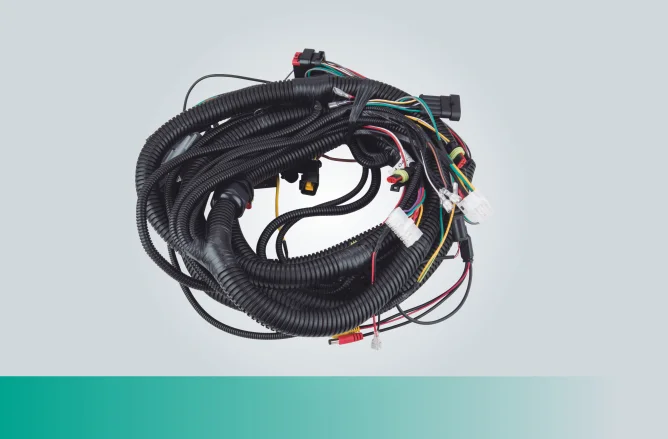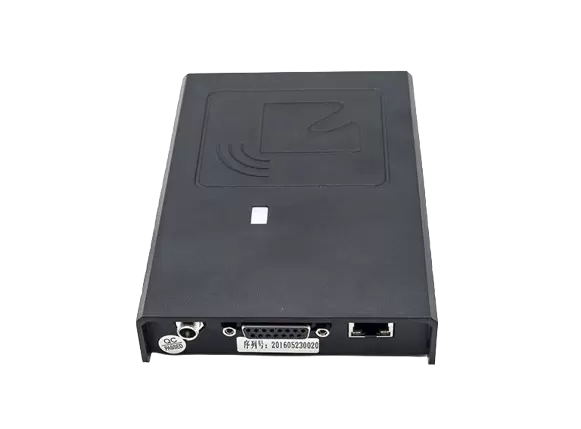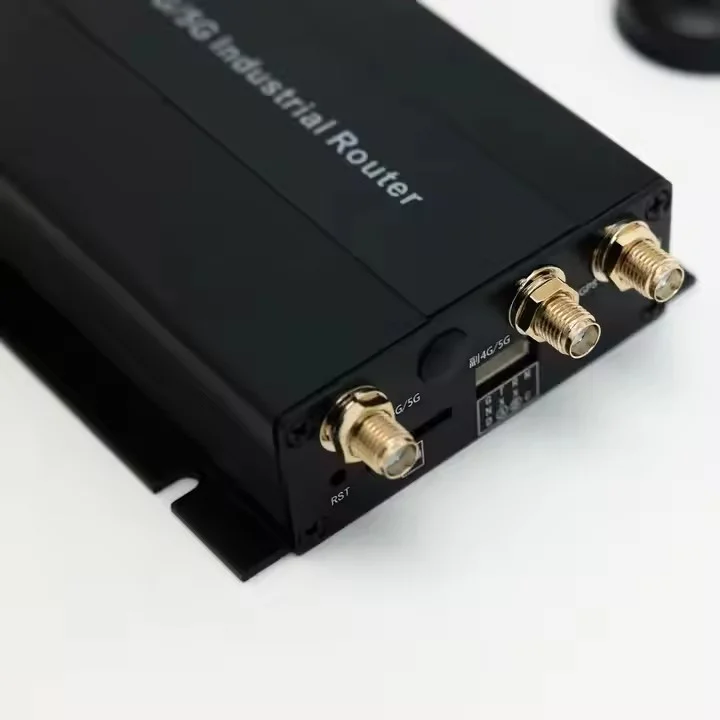When a circuit fails to operate as intended, it can be a source of frustration for engineers, hobbyists, and technicians alike. Understanding the underlying causes of circuit malfunctions is crucial for effective troubleshooting. This article delves into the systematic approach you should take when your circuit does not work, ensuring that you can identify and rectify issues efficiently.
- Initial Assessment: Visual Inspection
Before diving into complex diagnostics, start with a thorough visual inspection of the circuit. Look for obvious signs of damage, such as:
- Burnt Components: Check for discoloration or charring on resistors, capacitors, and integrated circuits (ICs).
- Loose Connections: Ensure that all solder joints are intact and that connectors are securely attached.
- Physical Damage: Inspect for broken traces on printed circuit boards (PCBs) or damaged components.
A careful visual inspection can often reveal problems that are easy to fix, such as re-soldering a loose connection or replacing a burnt-out component.
- Power Supply Verification
One of the most common reasons for circuit failure is an inadequate power supply. Verify the following:
- Voltage Levels: Use a multimeter to measure the voltage at the power input. Ensure it matches the required specifications for your circuit.
- Current Supply: Check if the power supply can provide sufficient current. An overloaded power supply may lead to voltage drops.
- Polarity: Confirm that the power supply connections are correctly oriented, especially in DC circuits.
If the power supply is faulty or insufficient, replace it or adjust your circuit design accordingly.
- Signal Integrity Checks
Once power is confirmed, the next step is to analyze the signal integrity throughout the circuit. This involves:
- Oscilloscope Measurements: Use an oscilloscope to observe waveforms at various points in the circuit. Look for expected signal shapes and frequencies.
- Signal Path Verification: Trace the signal path from input to output, ensuring that each component is functioning as intended. Pay special attention to any filters or amplifiers that may be affecting the signal.
Signal integrity issues can often stem from component failure or incorrect component values, so be prepared to replace or adjust components as necessary.
- Component Testing
If the circuit still does not function, it may be time to test individual components. This can include:
- Resistors: Measure resistance values with a multimeter to ensure they match their rated values.
- Capacitors: Check for capacitance and leakage current. Faulty capacitors can cause significant issues in timing circuits and power supplies.
- Transistors and Diodes: Test these components for proper operation using a multimeter’s diode test function. Ensure they are switching correctly and not shorted or open.
Component testing can help isolate faulty parts that may not be visually apparent.
- Circuit Simulation and Analysis
For more complex circuits, consider using simulation software to analyze the circuit’s behavior. Tools like SPICE can help you:
- Model Circuit Behavior: Simulate the circuit under various conditions to identify potential failure points.
- Identify Design Flaws: Determine if the circuit design itself is flawed, which may require redesigning certain sections.
Simulation can provide insights that are not easily obtainable through physical testing alone.
- Documentation and Reference
Finally, ensure that you have access to the circuit’s schematic and relevant datasheets. Documentation can provide critical information regarding:
- Component Specifications: Understanding the ratings and limitations of each component can prevent future failures.
- Circuit Functionality: Knowing how the circuit is intended to operate can guide your troubleshooting efforts.
Conclusion: A Methodical Approach to Circuit Troubleshooting
When faced with a non-functional circuit, a systematic approach is essential. By conducting a thorough visual inspection, verifying power supply integrity, checking signal paths, testing individual components, utilizing simulation tools, and referring to documentation, you can effectively diagnose and resolve issues. Remember, patience and methodical troubleshooting are key to successful circuit repair. With practice, you will become adept at identifying problems quickly and efficiently, ensuring that your circuits operate flawlessly.









+ There are no comments
Add yours